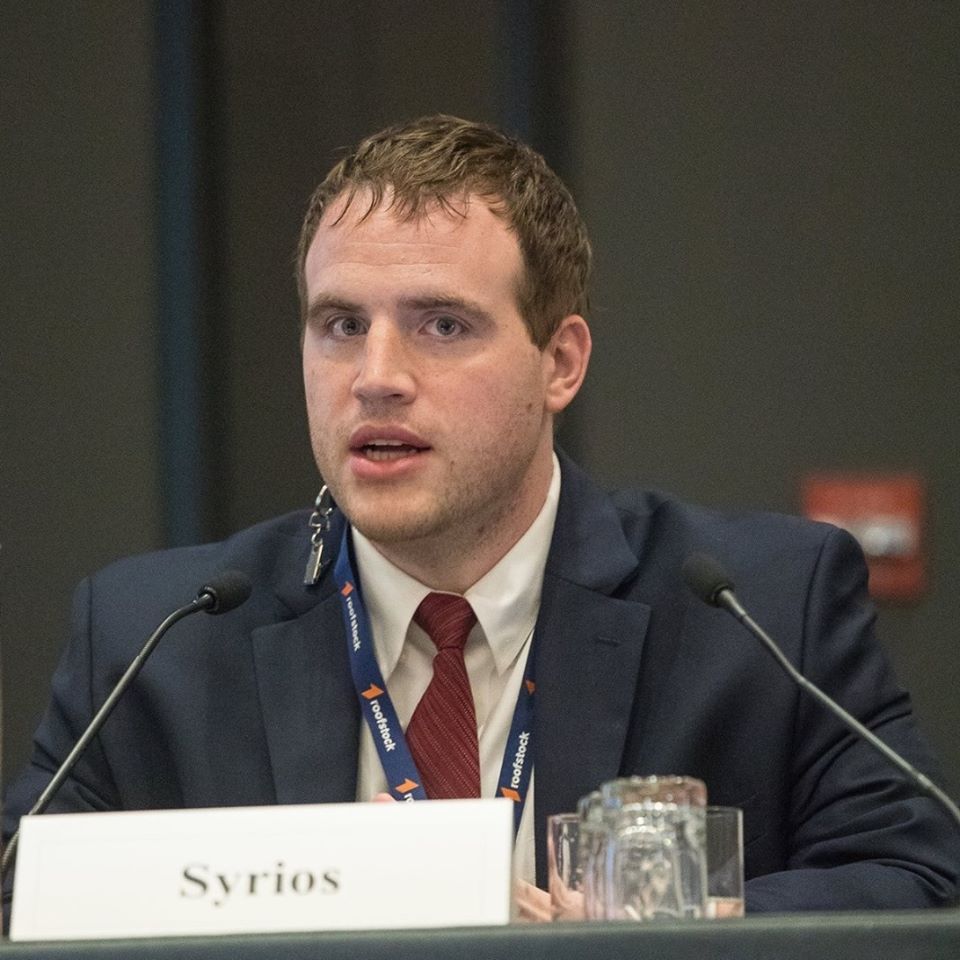The BRRRR approach isn’t sexy or quick, but it does provide a clear path for building wealth consistently and with lower risk....
Andrew Syrios
Author
-

Andrew Syrios is a partner in the real estate investment firm Stewardship Properties. He graduated from the University of Oregon with a degree in business administration and received his master’s degree in entrepreneurial real estate from the University of Missouri-Kansas City. He also writes for BiggerPockets.com and blogs at AndrewSyrios.com
View all posts
Single-Family








